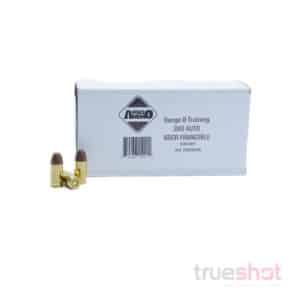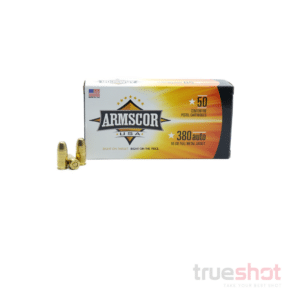380 Ammo
Buy 380 Ammo Online
As one of the largest ammunition dealers in the United States, True Shot Ammo has better service and better prices for .380 ammo in-stock that is ready to ship fast - making us one of the best places to
buy ammo online.











